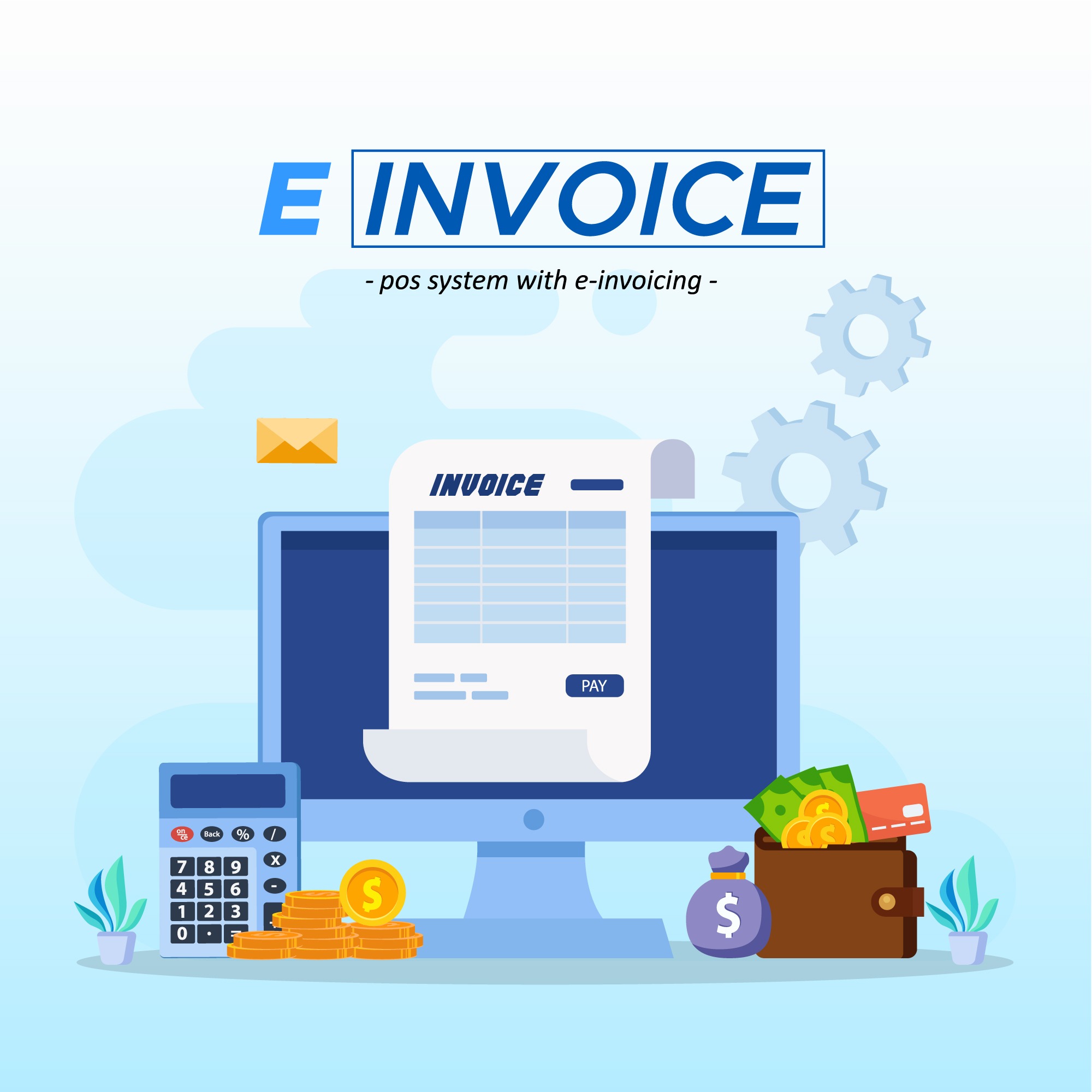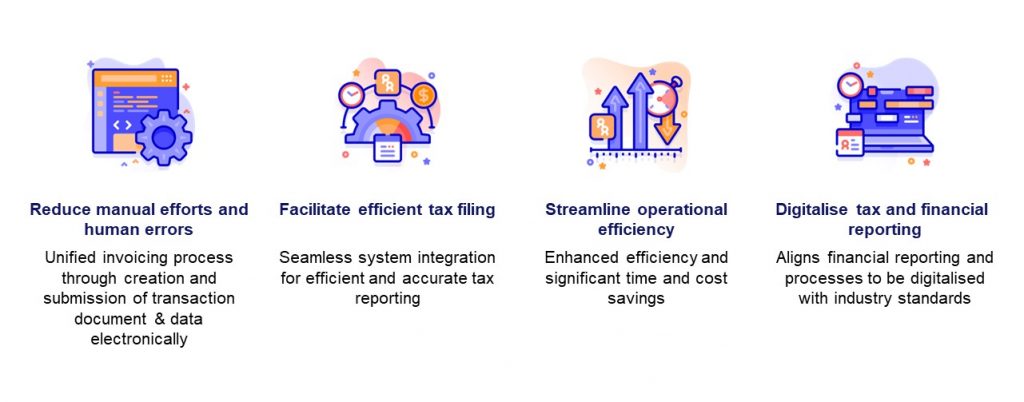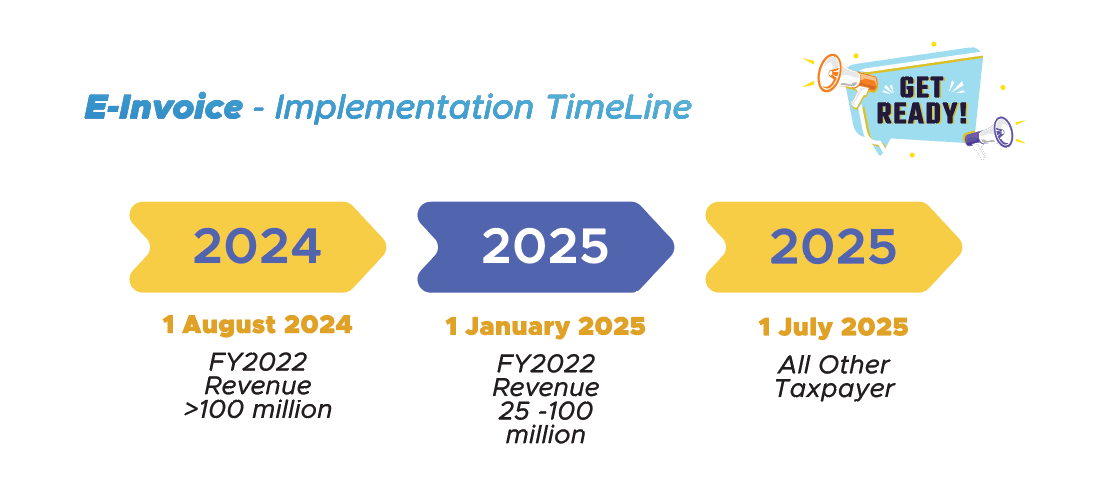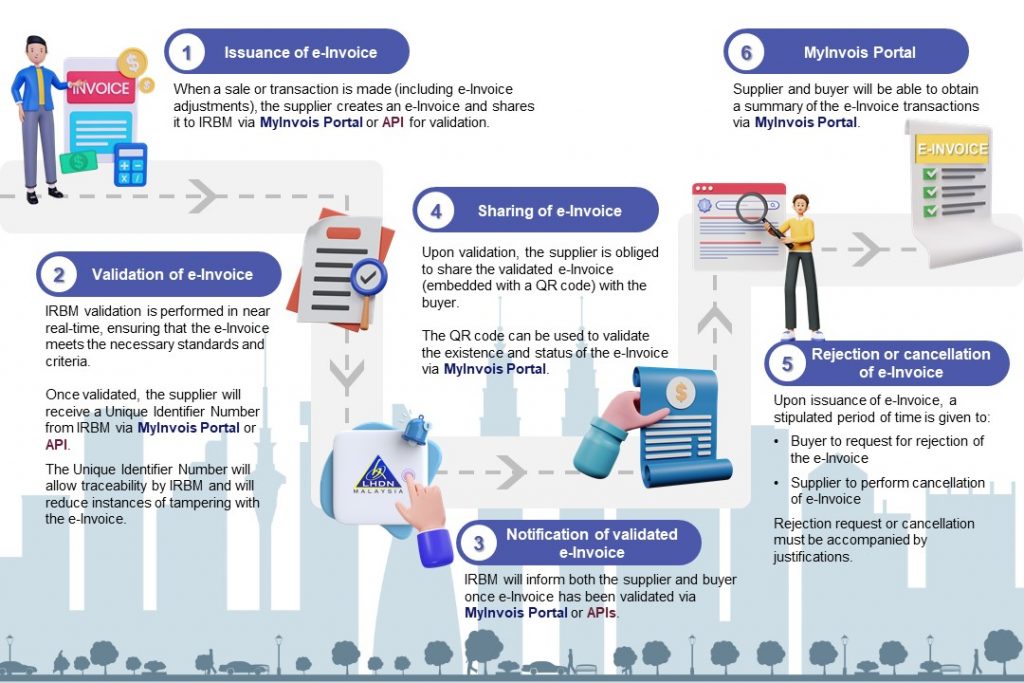E-Invoice POS System
E-Invoice

An e-Invoice is like a high-tech version of a receipt for when a supplier sells something to a buyer. Instead of using paper or electronic documents, it’s all done digitally. Just like a regular receipt, it includes important info like who sold what to whom, what was sold, how much it cost, and any taxes. This digital receipt helps businesses keep track of their daily transactions in a quick and efficient way, without the need for piles of paperwork. It’s not just modern; it’s also eco-friendly and makes the whole invoicing process faster and more accurate.
Key Features

E-Invoicing brings with it a host of features designed to streamline business operations:
- Near real-time validation and storage of transactions.
- Inclusivity across Business-to-Business (B2B), Business-to-Consumer (B2C), and Business-to-Government (B2G) transactions.
- Proactive innovation by the IRS POS System to ensure compatibility for all merchants and existing customers.
Implementation Timeline

To ensure a seamless transition, the implementation of E-Invoicing will be conducted in phases, with specific dates targeted for different tiers of taxpayers:
- August 1, 2024: Rollout begins for taxpayers with an annual turnover or revenue exceeding RM100 million.
- January 1, 2025: Implementation extends to businesses with an annual turnover or revenue ranging from more than RM25 million up to RM100 million.
- July 1, 2025: E-Invoicing becomes applicable to all taxpayers, marking a comprehensive integration.
Introduction to the e-Invoice Model

To seamlessly transition into the era of e-Invoices, taxpayers have the flexibility to choose the transmission mechanism that best aligns with their business needs and circumstances. Two distinct options are available to taxpayers for transmitting e-Invoices to the Inland Revenue Board of Malaysia (IRBM):
- MyInvois Portal:
- Hosted by the IRBM, this portal serves as a user-friendly platform.
- Accessible to all taxpayers at no cost, making it an inclusive option.
- Particularly beneficial for those who need to issue e-Invoices but lack Application Programming Interface (API) connectivity.
- Provides an easy and accessible pathway to join the e-Invoice ecosystem.
- Application Programming Interface (API):
- Involves a set of programming code facilitating direct data transmission between taxpayers’ systems and the MyInvois system.
- Requires an initial investment in technology and adjustments to existing systems.
- Ideal for larger businesses or those with significant transaction volumes, offering a more integrated and streamlined approach.
- Represents a sophisticated choice for businesses aiming for a high level of automation.
The e-Invoice workflow, depicted in the figure below, encapsulates the journey from the point of sale or transaction initiation to the issuance of an e-Invoice by the supplier through either the MyInvois Portal or API. The workflow extends to the storage of validated e-Invoices in the IRBM’s database. This database serves as a centralized repository, allowing taxpayers to access and review their historical e-Invoices with ease. The model not only enhances efficiency but also caters to the diverse technological capabilities and preferences of taxpayers, contributing to a smoother and more accessible invoicing experience.
Adaptation and Innovation
The IRS POS System’s active innovation in e-invoice tools emphasizes the commitment to ensure a smooth and compatible transition for merchants and existing customers. This period of change provides businesses with an opportunity to adapt and innovate their financial processes for future success.
Stay Connected for Updates
In our commitment to transparency and support, regular updates will be shared to keep businesses informed at every step of this transformative journey. Stay connected for insights, best practices, and practical tips as we collectively embrace the digital evolution.
Conclusion
The introduction of E-Invoicing is not just an administrative update; it’s a pivotal moment for businesses in Malaysia to embrace digital transformation. The phased implementation provides a roadmap for businesses to prepare, adapt, and thrive in the evolving landscape. Mark your calendars, stay informed, and get ready to be part of the digital future that awaits Malaysian businesses.
BACK TO BLOG PAGE
